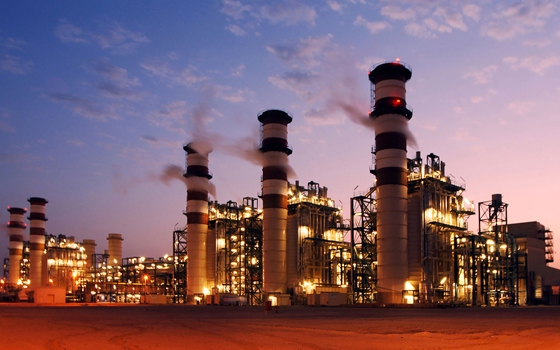With large-scale public infrastructure projects becoming a key growth driver, Qatar's GDP will grow 6.5% this year and at a higher pace – 6.8% in 2014, a new report has shown.
Qatar's investment in large scale public sector infrastructure projects offset relatively low growth in the hydrocarbon sector due to the moratorium on additional natural-gas development projects in the North Field, said QNB in its "Qatar Economic Insight".
These infrastructure projects, part of the build-up to the 2022 World Cup to be held in Qatar, will stimulate buoyant economic activity in construction, financial services, and housing. These projects include the construction of the Qatar Rail Development Programme, including the Doha metro rail network and the expansion of the road network, it said.
Overall, these infrastructure projects are expected to be worth 14.8% of GDP in both 2013 and 2014.
Government spending will be higher than budgeted this year as well as in 2014 on account of higher infrastructure spending.
The government announced a record budget for 2013/14, with overall expenditures budgeted to increase by 18%. As a result, hydrocarbon revenues are likely to be significantly higher than budgeted.
At the same time, the government is estimated to overrun its capital budget by 11% to meet the requirements of the large infrastructure projects currently underway.
"Overall, we expect a fiscal surplus of 4.7% of GDP in 2013 and 2.6% of GDP in 2014. Over the medium-term, we project a moderation in hydrocarbon revenues on softer oil prices and a further increase in current and capital expenditures, leading to smaller surpluses," QNB said.
Qatar was the world's fastest growing economy during 2008-12, with a real GDP compounded annual growth rate of 12%. This rapid growth was mainly driven by the hydrocarbon and services sectors.
Real GDP growth in 2012 slowed to 6.2% as the moratorium on liquid natural gas (LNG) production reduced hydrocarbon sector growth.
In terms of GDP per capita Qatar was the richest country in the world last year.
GDP per capita at purchasing power parity (PPP) was the highest in the world at $102,2000 in 2012.
Qatar also had the highest percentage of millionaire households in the world (14.3%). This concentration is likely to increase in the coming years as overall wealth in Qatar is likely to grow faster than in the rest of the world.
The government objective is now to use its huge hydrocarbon wealth to build a diversified and sustainable economy. It envisions that infrastructure investment, education and health will support the development of a more vibrant and services-oriented knowledge economy.
For this reason, QNB said the government is rolling out free universal health coverage, which should be completed by 2015.
Gulf Times
17 September








































































